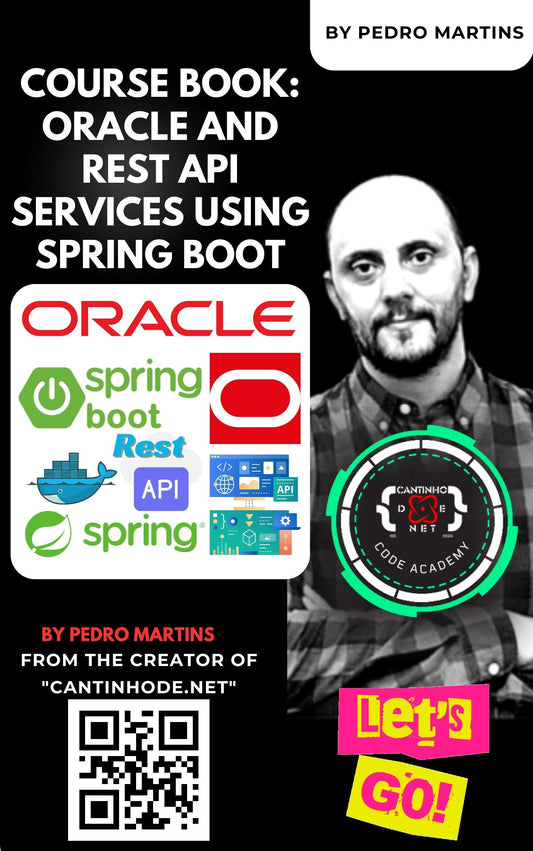Understanding SharePoint and OpenAI
- SharePoint: A web-based collaborative platform, part of the Microsoft Office suite, used primarily for document management and storage.
- OpenAI: Known for advanced AI models like ChatGPT, it offers capabilities in natural language processing, machine learning, and more.
Integration Objectives
- Automating Document Handling: Utilize AI to categorize, summarize, or extract key information from documents stored in SharePoint.
- Enhanced Search Capabilities: Implement AI-driven search to improve the accuracy and relevance of search results within SharePoint.
- Collaborative Bots: Develop ChatGPT-based bots for SharePoint to assist in various tasks like scheduling, reminders, and quick information retrieval.
Technical Steps for Integration
- API Utilization:
- Use OpenAI's API to integrate its capabilities with SharePoint.
- Ensure proper authentication and authorization mechanisms.
- Custom SharePoint Solutions:
- Develop SharePoint web parts or add-ins that leverage OpenAI's functionalities.
- Use SharePoint Framework (SPFx) for modern, client-side development.
Use Cases
- Content Creation and Management:
- AI-generated summaries for lengthy documents.
- Automatic tagging and categorization of uploaded files.
- User Interaction:
- AI chatbots to answer FAQs or provide guided navigation.
- Language translation and accessibility features using AI.
Considerations
- Security and Compliance: Ensure that data sharing between SharePoint and OpenAI adheres to organizational and legal standards.
- Performance and Scalability: Monitor the impact of AI integrations on SharePoint performance and scalability.
- User Adoption: Provide training and support to help users adapt to AI-enhanced features.
Conclusion
Integrating SharePoint with OpenAI can significantly enhance its capabilities, especially in terms of document management, search efficiency, and user interaction. However, it's crucial to address security, performance, and user adoption aspects to ensure a successful integration.








